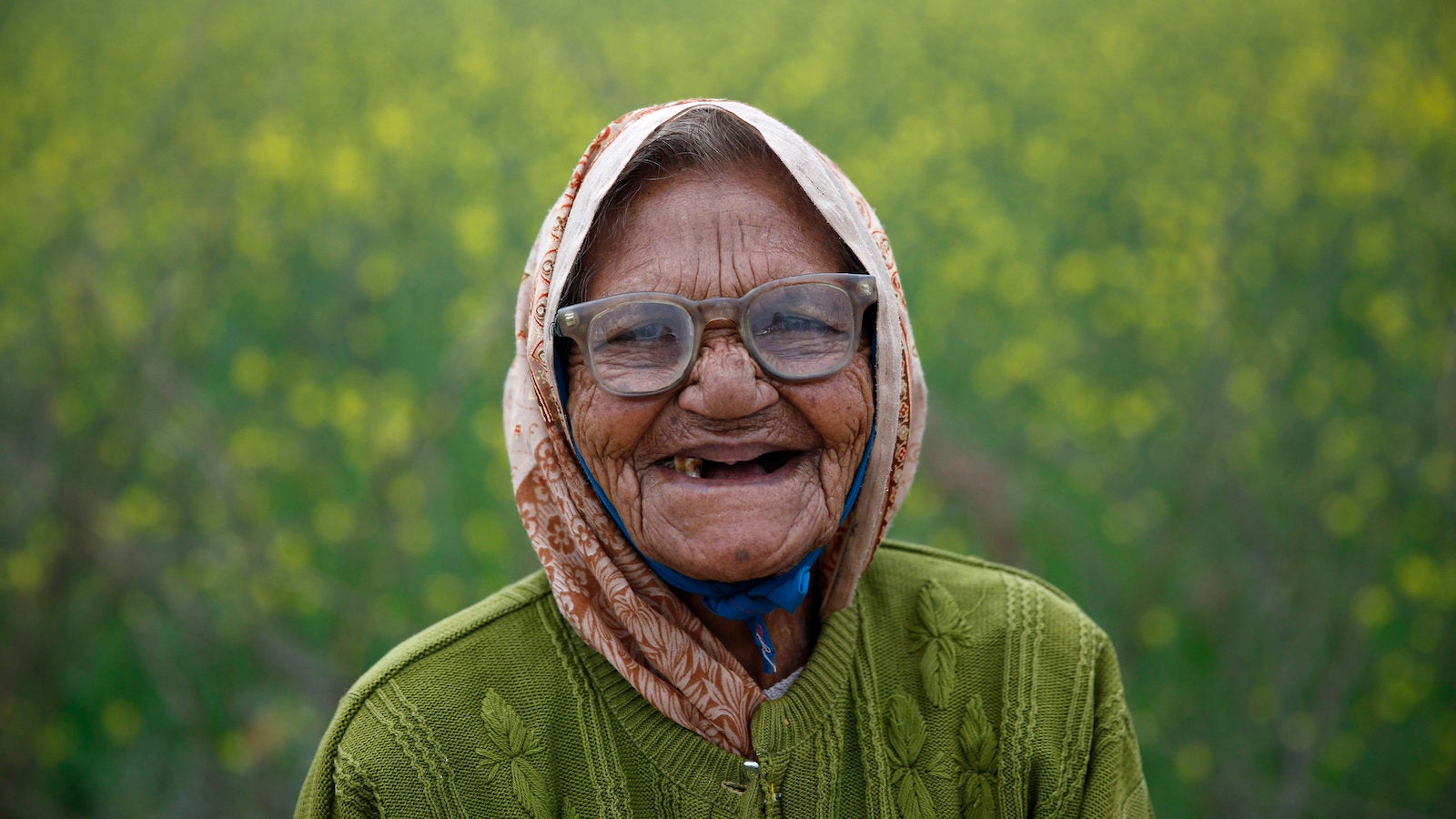Eight numbers to keep in mind on International Women’s Day
Across the world today (March 8), a chorus of selfies, social posts, and speeches will champion #BalanceForBetter in honor of International Women’s Day. While it’s often a time filled with empowering messages and can-do attitudes, we also need to remember the inequalities that warrant us needing our own “day” in the first place.


Across the world today (March 8), a chorus of selfies, social posts, and speeches will champion #BalanceForBetter in honor of International Women’s Day. While it’s often a time filled with empowering messages and can-do attitudes, we also need to remember the inequalities that warrant us needing our own “day” in the first place.
As of 2018, the gender gap still sat at an average of 32%, according to the World Economic Forum’s Global Gender Gap Index report. Women are further behind men in political empowerment, with the second-largest gender disparity being in economic participation and opportunity. It’s no wonder that more and more working women are demanding that their employers help level the playing field.
The reason often comes down to one word: care. In the 29 countries where data is available, women spend twice as much time on housework and other unpaid work than men. In the United States, a lack of social supports—such as paid family leave and affordable child care—has hurt women in the workplace, and contributed to a regression in female labor-force participation rates over the past 20 years.
As a Filipina-American and female founder of a public company, my journey has given me a unique perspective on the challenges of achieving gender balance, and the connection between care and economic opportunity. As we strive to #BalanceforBetter this International Women’s Day, here are eight numbers to keep in mind.
28 trillion
If we closed the wage and participation gaps (such that women around the world participated in labor markets at the same rate as men), it would add $28 trillion—or 26%—to the global economy by 2025, according to McKinsey’s estimates. This is why so many of us have begun to say gender parity is not a women’s issue—it’s an economic imperative.
202
It will take 202 years to close the global economic gender gap at our current rate of progress, according to the World Economic Forum. Two centuries is far too long wait.
70
Cost is one of the major challenges for families. In Care.com’s fifth annual Cost of Care survey, 70% of parents told us they’re paying a higher percentage of their household income for child care than the Department of Health and Human Services considers affordable. (For the record: that’s 7-10%.) With math like that, it’s no wonder many mothers are asking themselves if it pays to work.
56
According to The Caring Company, a new research paper from Harvard Business School, 56% of employers do not measure their workforce’s care demographics. This is especially meaningful because the same research found that more than 70% of employees have caregiving responsibilities, and nearly one third (32%) have left a job because of they’ve needed to take care of someone.
51
Another major challenge for families is simply finding any reliable child care at all. According to the Center for American Progress, more than half of Americans are living in “child-care deserts,” a community in which the number of young children outnumbers licensed daycare slots by at least three to one. This scarcity of in-center daycare has led some parents to put deposits down on child-care slots even before their child is born—with a mom’s due date in the place of the baby’s name.
31
In the US, having a child could set a woman’s earnings back about 31%, according to this study. We’ve all heard of the “Mommy Tax,” but in a global economic super power, it’s unacceptable that motherhood could be a woman’s career kryptonite.
4
The gender gap in political power is larger than the gender gap in economic power—but in politics, the tides may be turning. Following the election of a record number of women to the US Congress in 2018, at least four women are running for president in 2020. The candidates include one who has a proposal for paid family leave—senator Kirsten Gillibrand—and another with a Universal Child Care plan, senator Elizabeth Warren.
1
A 2017 report from Gallup and the International Labor Organization found that care is the #1 obstacle to greater labor force participation for women around the world. A central reality of our time is that families need reliable care in order to work, and they need work in order to afford that care. Unfortunately for women in the United States, the government and business community have yet to step up in meaningful ways to help with care needs.
International Women’s Day should be a call to action for accelerating gender parity so that all can succeed and thrive. As we strive to #BalanceForBetter, care is not just the challenge—it’s also the solution.